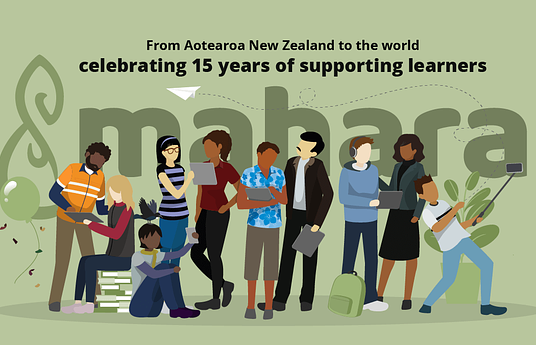By promoting collaboration and teamwork, our school aimed to strengthen the bonds among pupils, staff, and families. This village-like approach encourages inclusivity, respect, and understanding, creating a supportive network that extends beyond academic success.
Service Learning Programs: Pupils are encouraged to identify community needs and develop service projects. For instance, they might organise food drives, environmental clean-ups, or tutoring sessions for local children. This not only teaches them about civic responsibility but also allows them to take pride in their contributions to the community.
The school can document and share the success stories of pupils and community projects through newsletters, social media, and local newsletters. Showcasing the tangible benefits and positive outcomes encourages other institutions to adopt similar approaches.
Outline the types of co-curricular activities you want to implement, focusing on those that serve the community and promote collaboration. Consider service projects, cultural events, sports, and artistic endeavours. Implementing the village approach to co-curricular activities is a powerful way to enrich the educational experience for pupils while strengthening community ties.


